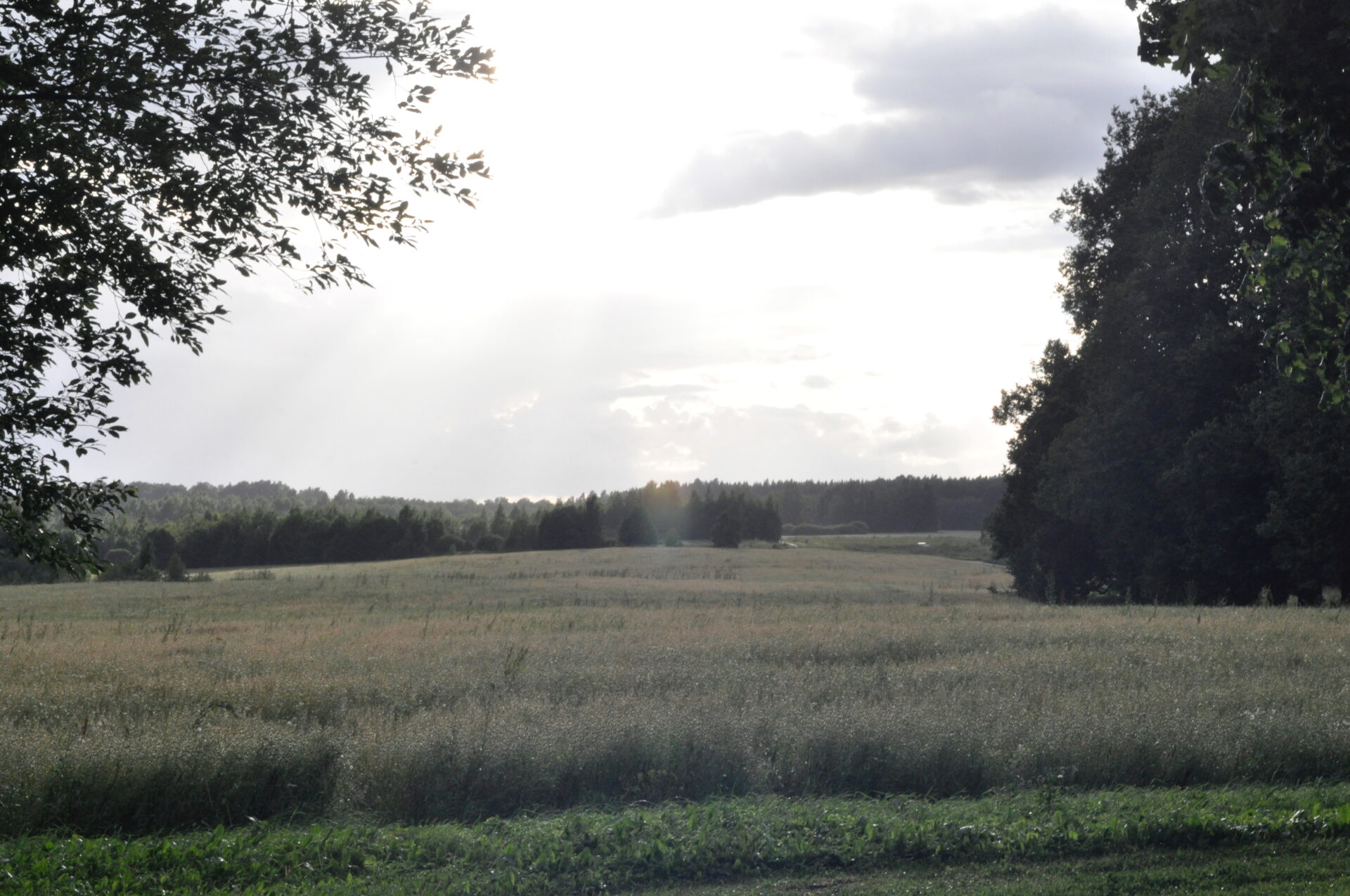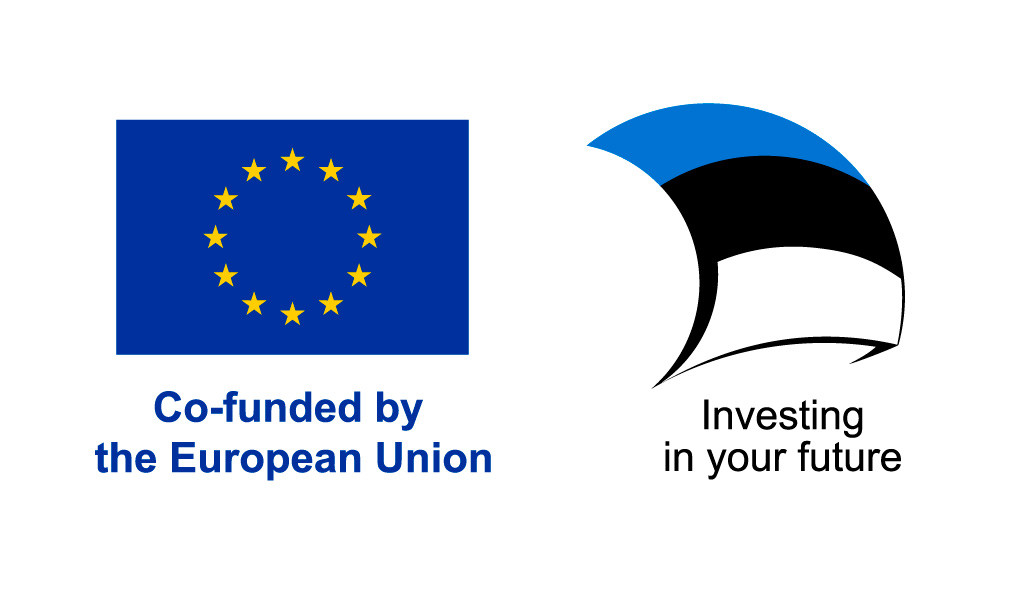- Home
- Circulars
- Programme
- Programme scheme
- Plenary talks
- Book of Abstracts
- List of symposia
- Symposium A.1: Power imbalance and hierarchies in Finno-Ugric studies
- Symposium A.2: Shifting and competing ideologies in minority language development and language maintenance
- Round-table: Finno-Ugric Studies meeting the People
- Symposium B.1: Prehistoric lexical layers in Saami and Finnic
- Symposium B.2: Perspectives on Saami with a particular focus on the smaller languages
- Symposium B.3: South Estonian within and beyond Uralic studies
- Symposium B.4: The size of Uralic nominals
- Symposium B.5: Verbalization of motion events in Uralic
- Symposium B.6: Grammatical Subjects and Objects in Uralic
- Symposium B.7: Clause combining in Uralic languages
- Symposium B.8: Epistemic categories in Uralic and beyond
- Symposium B.9: Discourse particles in the Uralic languages
- Symposium B.10: Marginal phonemes
- Symposium B.11: Prosody of Uralic languages
- Symposium B.12: Building diachronic corpora for minority languages
- Symposium C.1: Reappraising Public Representations of Finno-Ugric Identities
- Symposium C.2: The Possibilities of Studying Finno-Ugric Religions in a Changing World
- Symposium C.3: The winter in Finno-Ugric cultures
- Symposium C.4: Traditional Creation and Modern Experience in Folk Music Revival
- Symposium D.1: Transdisciplinary approach in the studies of the human past
- List of accepted papers
- Receptions
- Book presentations
- Venues
- Excursions
- Guided city walks
- Guided tour through the Estonian Literary Museum
- Introducing the University of Tartu Archives of Estonian Dialects and Kindred Languages (FULLY BOOKED)
- Excursion to Setomaa (FULLY BOOKED)
- Barge trip on the river Emajõgi (FULLY BOOKED)
- Guided tour to the Tartu KGB Cells Museum (CANCELLED)
- Guided tour to the A. le Coq Beer Museum
- Practical information
- About CIFU
- Appeal for South Estonian
- Gallery

Congressus XIV Internationalis Fenno-Ugristarum
Symposium B.5: Verbalization of motion events in Uralic
Organizers: Jeremy Bradley (University of Vienna), Nikolett F. Gulyás (Eötvös Loránd University), Johannes Hirvonen (Ludwig Maximilian University of Munich)
The core principle of lexical typology, that there is cross-linguistic variation in the structuring of semantic spaces, is highly salient when it comes to the verbalization of motion events. The division of labor between different forms habitually challenges language learners, translators, and authors of reference materials. This symposium is centered around approaches to delimit variation and alternation found in, and between, Uralic languages.
One such approach is Leonard Talmy’s cognitive-based typology of motion events (Talmy 1985, 2007). It introduces an atomistic view at the verbalization of motion events, where different semantic elements such as Manner (e.g., 🏊, ✈️) and Path (e.g., ⬆️, ⬇️) are identified and their structuring is analyzed. He distinguishes between satellite-framed structures in which the (generally) finite verb marks the Manner and a so-called satellite, “a bound affix or a free word […]: English verb particles, German separable and inseparable verb prefixes, Latin or Russian verb prefixes, […]” (Talmy 2007: 139), marks the Path, as exemplified by English in Figure 1.
|
MOTION, MANNER |
PATH |
SOURCE/GOAL |
|
↓ |
↓ |
↓ |
|
VERBfinite |
SATELLITE |
N+(adposition, case) |
|
↓ |
↓ |
↓ |
|
go, run |
out |
of the house |
|
go, run |
in |
to the house |
Figure 1: Satellite-framed motion events in English (Slobin 2000: 109)
Meanwhile in verb-framed structures (Talmy 2007: 138), the (generally) finite verb marks the Path, while the Manner can optionally be indicated by a non-finite verbal form, as illustrated by Spanish in Figure 2.
|
MOTION, PATH |
SOURCE/GOAL |
MANNER |
|
↓ |
↓ |
↓ |
|
VERBfinite |
N+(adposition, case) |
VERBnonfinite |
|
↓ |
↓ |
↓ |
|
salir ‘exit’ |
de la casa ‘of the house’ |
corriendo ‘running’ |
|
entrar ‘enter’ |
en la casa ‘in the house’ |
corriendo ‘running’ |
Figure 2: Verb-framed motion events in Spanish (Slobin 2000: 109)
This typology has been at the core of an ample body of research into the verbalization of motion events in the languages of the world, with empirical research (especially using the textless picture book Frog, Where Are You? by Mercer Mayer, youtu.be/BwDc3aOb-E0) having been carried out to delimit the coexistence of and division of labor between these strategies in the languages of the world. The view of Uralic in general linguistic and typological literature has, however, remained rather shallow: Finno-Ugric [sic] languages are described as satellite-framed in the literature (e.g., Kohl-Dietrich 2019: 85, Asbury et al. 2008: 21; Filipović 2007: 19; Talmy 2007: 72; Slobin 2006, Slobin 2000: 113), with a dearth of empirical evidence for this claim at the end of the citation chain. While satellite-framed structures indeed dominate in Uralic languages writ large, verb-framed structures have been documented especially, but not exclusively, in Uralic languages that have been subject to contact influence from (strongly verb-framing) Turkic languages: Mari, Udmurt, Erzya, Kamas, Selkup, but also Finnic (cf. Bradley 2016). In Mari (see Example 1), verb-framed structures seem to strongly dominate.
(1) Mari
vaśa pušeŋge gə̑č́ töršt-en βol-en
Vasya tree out.of jump-cvb descend-pst2.3sg
‘Vasya jumped down (lit. jumping descended) from the tree.’ (elicited)
Excessively simplistic abstractions about Uralic/Finno-Ugric are a product of lacking accessible typological data: surveys exist on motion events in individual Uralic languages (e.g. Pajusalu et al. 2013 for Estonian, Kajita 2021 for the role of derivation in the verbalization of motion events in Finnish) and comparative studies of a limited scope have been carried out for a few Uralic languages (for example Söder 2001 for Hungarian, Northern Khanty, Northern Saami; Lander et al. 2013 for verbs of aquamotion in Finnish, Komi-Zyrian, Nganasan, Selkup, and Udmurt, and numerous non-Uralic languages), but there has to date been no systematic contrastive review of this subject matter in the language family as a whole. This workshop aims to be a starting point for just this.
We invite contributions that either present empirical, quantitative data (corpus-based or elicitation-based) on the verbalization of motion events in Uralic languages, or in specific Uralic languages. Contributions can adhere to any theoretical approach. We also welcome contributions that dive into points of investigation regarding the verbalization of motion not detailed here, be it analyses of this semantic domain in an individual language through the lens of lexical typology or a contact-linguistic/areal view on the distribution of strategies across different languages/varieties. Contributions dealing with the connection between verbalization of motion events and aspect marking with a special attention to grammaticalization and/or methodological issues are especially welcome.
A long-term goal is the compilation of an edited volume containing an expansive typological survey of the verbalization of motion events in Uralic languages, as well as any individual case studies that arise through the symposium.
References:
Asbury, Anna & Berit Gehrke & Henk van Riemsdijk & Joost Zwarts 2008: Introduction: Syntax and semantics of spatial P. – Anna Asbury & Jakub Dotlačil & Berit Gehrke & Rick Nouwen (eds): Syntax and Semantics of Spatial P. Linguistics Today 120. Amsterdam: John Benjamins Publishing Company. 1–32. https://doi.org/10.1075/la.120.01asb.
Bradley, Jeremy 2016: Verb-Framed Motion Events in Uralic (with special attention to Mari). Finnisch-Ugrische Forschungen 63. 126–152. https://doi.org/10.33339/fuf.86122.
Filipović, Luna 2007: Talking about Motion – A Crosslinguistic Investigation of Lexicalization Patterns. Studies in Language Companion Series 91. Amsterdam: John Benjamins Publishing Company. ISBN 978-9-0272-3101-7.
Kajita, Hirono 2021: Suomen verbinjohtimet kognitiivisen semantiikan mukaisina satelliitteina. MA thesis, University of Turku. https://urn.fi/URN:NBN:fi-fe2021060434156.
Kohl-Dietrich, Dorothee 2019: Cognitive Linguistics in the English as a foreign language classroom – An empirical study on teaching phrasal verbs. Sprach-Vermittlungen 21. Münster: Waxman. ISBN 978-3-8309-3853-8.
Lander, Yury & Timur Maisak & Ekatarina Rakhilina 2013: Verbs of aquamotion – semantic domains and lexical systems. – Mila Vulchanova & Emile van der Zee (eds): Motion Encoding in Language and Space. Explorations in Language and Space 6. Oxford: Oxford University Press. 67–83. https://doi.org/10.1093/acprof:oso/9780199661213.003.0004.
Pajusalu, Renate & Neeme Kahusk & Heili Orav & Ann Veismann & Kadri Vider & Haldur Õim 2013: The encoding of motion events in Estonian. – Mila Vulchanova & Emile van der Zee (eds): Motion Encoding in Language and Space. Explorations in Language and Space 6. Oxford: Oxford University Press. 44–66. https://doi.org/10.1093/acprof:oso/9780199661213.003.0003.
Slobin, Dan I. 2000: Verbalized Events: A Dynamic Approach to Linguistic Relativity and Determinism. – Susanne Niemeier & René Dirven (eds): Evidence for Linguistic Relativity. Current Issues in Linguistic Theory 198. John Benjamins Publishing Company. Amsterdam. 107–138. https://doi.org/10.1075/cilt.198.10slo.
– 2006: What makes manner of motion salient? Explorations in linguistic typology, discourse, and cognition. – Maya Hickmann & Stéphane Robert (eds): Space in languages – Linguistic systems and cognitive categories. Amsterdam: John Benjamins Publishing Company. 59–81. https://doi.org/10.1075/tsl.66.05slo.
Söder, Torbjörn 2001: “Walk this way” – verbs of motion in three Finno-Ugric languages. Studia Uralica et Altaica Upsaliensia 33. Uppsala: Uppsala University. ISBN: 978-9-1554-4905-6.
Talmy, Leonard 1985: Lexicalization patterns – semantic structure in lexical form. – Timothy Shopen (ed.): Language Typology and Syntactic Description III – Grammatical Categories and the Lexicon. Cambridge: Cambridge University Press. 57–149. ISBN: 978-0-5213-1899-0.
– 2007: Lexical typologies. – Timothy Shopen (ed.): Language Typology and Syntactic Description III – Grammatical Categories and the Lexicon (Second Edition). Cambridge: Cambridge University Press. 66–168. ISBN: 978-0-5113-5547-9.
Contact person: Jeremy Bradley jeremy.moss.bradley@univie.ac.at



